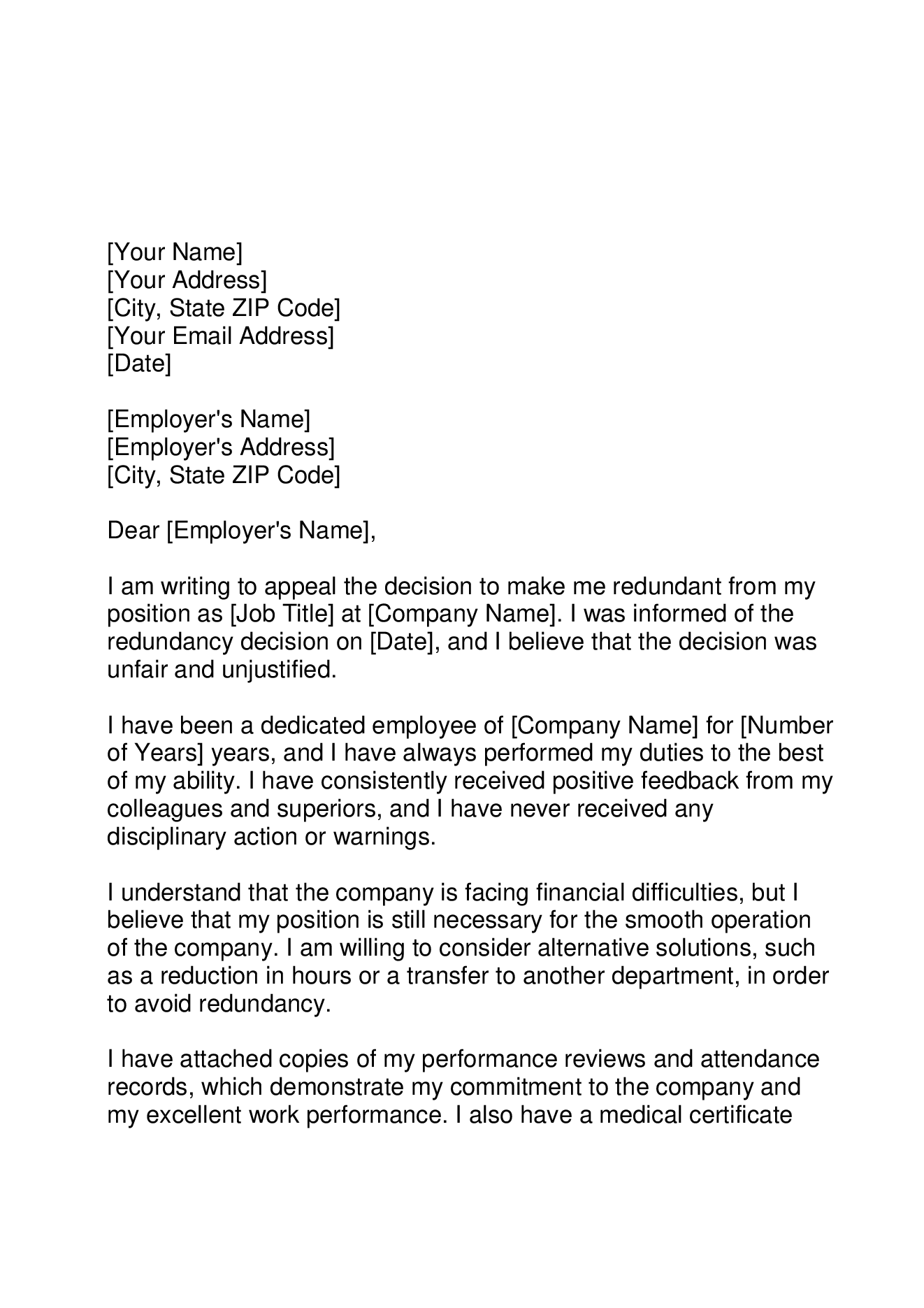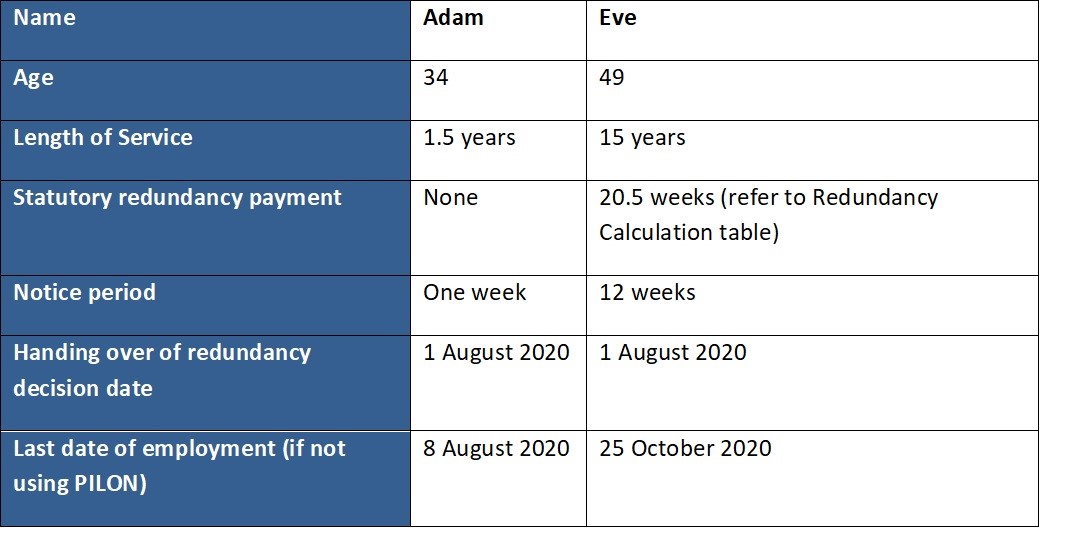Who Pays Redundancy Money? Recognizing Employer Responsibilities in the UK
Who Pays Redundancy Money? Recognizing Employer Responsibilities in the UK
Blog Article
Discovering the Operational Dynamics of Firm Redundancy and Its Long-Term Sustainability

Redundancy Approaches for Business Connection
In order to make sure continuous operations, businesses must apply efficient redundancy techniques for organization continuity. Redundancy in this context describes the duplication of important elements or functions within a system to minimize the effect of possible failures. By incorporating redundancy techniques, organizations can enhance their strength versus disturbances created by various aspects such as natural disasters, equipment failings, or cyber-attacks.
One typical redundancy strategy is the implementation of back-up systems and information storage options. This entails developing duplicates of essential information and systems that can be activated in case of a main system failing. Additionally, companies can establish repetitive communication channels and source of power to maintain connectivity and operations during unanticipated occasions.
Additionally, cross-training workers to do multiple functions within the firm can act as a useful redundancy technique. This ensures that crucial tasks can still be carried out also if vital employees are inaccessible as a result of disease or other factors. Generally, effective redundancy strategies are necessary for businesses to promote functional continuity and reduce the impact of possible interruptions.
Influence of Redundancy on Organizational Strength
Offered the vital role redundancy strategies play in making certain company connection, discovering the effect of redundancy on organizational durability comes to be vital for recognizing the all natural functional characteristics of a firm. Business durability refers to an entity's capacity to adjust to interruptions, recoup from problems, and transform when required while preserving core functions. Redundancy, when tactically executed, can significantly add to enhancing an organization's durability in the face of unexpected difficulties. By having back-up systems, employees, or processes in position, firms can better hold up against shocks and continue procedures with marginal interruption.
Furthermore, redundancy can cultivate technology and creativity within a company as workers feel empowered to take computed threats, understanding that there is a safety and security net to support them in instance of failure. Generally, the impact of redundancy on organizational durability is extensive, shaping the long-term sustainability and success of a company.
Stabilizing Efficiency and Adaptability in Redundancy
Achieving a harmonious stability between functional effectiveness and adaptive adaptability is an essential obstacle in the calculated deployment of redundancy within companies. Reliable procedures are essential for preserving performance and cost-effectiveness, guaranteeing that resources are made use of ideally. Nonetheless, too much emphasis on efficiency alone can bring about rigidness, making it difficult for organizations to adjust to unpredicted modifications or difficulties. On the various other hand, flexibility enables organizations to respond nimbly to progressing scenarios, promoting advancement and resilience. Yet, excessive flexibility without a strong operational foundation can lead to ineffectiveness and inconsistency.
To balance effectiveness and adaptability in redundancy planning, organizations have to meticulously examine their functional requirements, market dynamics, and strategic goals. Implementing lean practices can boost effectiveness click for source by removing and enhancing procedures waste, while fostering a culture of adaptability and constant enhancement can boost adaptability. Additionally, buying cross-training programs and robust interaction networks can aid grow a versatile labor force efficient in taking care of varied jobs during periods of transition. Ultimately, discovering the ideal balance in between performance and flexibility is crucial for building a lasting and resistant company when faced with uncertainty.
Long-Term Sustainability Through Redundancy Planning
To ensure long-lasting practicality and stability, companies must strategically straighten their redundancy planning with long-lasting sustainability objectives, thus harmonizing functional effectiveness with adaptive versatility. Long-term sustainability with redundancy planning involves greater than just short-term cost-cutting actions. It calls for a detailed tactical strategy that anticipates future obstacles and possibilities. Business should check out redundancy not as a reactive option to prompt troubles but as an aggressive technique for long-lasting success. By incorporating redundancy planning with sustainability purposes, organizations can develop a resistant structure that can withstand various market changes and internal changes.

Positive Procedures for Sustainable Firm Operations
Just how can firms proactively his response boost their functional sustainability for long-term success? Executing positive steps is vital for business aiming to make certain lasting operations.
Moreover, promoting a culture of constant enhancement and knowing within the organization can enhance flexibility to altering market conditions and consumer needs. Motivating employee involvement in decision-making procedures and offering opportunities for professional growth can increase morale, productivity, and overall efficiency. Establishing clear objectives, checking vital performance indications, and on a regular basis reviewing development are important parts of aggressive sustainability administration.
Working together with vendors, clients, and various other stakeholders to promote sustainable techniques throughout the supply chain can produce a causal sequence of positive effect - redundancy pay if company goes bust. By taking proactive actions in the direction of functional sustainability, firms can construct resilience, drive advancement, and protect their long-term success in an ever-evolving organization landscape
Final Thought

In the world of organizational management, the tactical release of business redundancy stands as a crucial yet intricate method that requires a fragile balance in between operational performance and lasting stability. By studying the functional characteristics that underpin firm redundancy and examining its wider effects for business durability and adaptability, a nuanced understanding of just how redundancy approaches can shape the future trajectory of a firm begins to unfold.Provided the crucial function redundancy techniques play in making sure business continuity, checking out the influence of redundancy on organizational strength becomes important for recognizing the all natural operational dynamics of a firm. Generally, the effect of redundancy on business resilience is profound, find more information forming the long-term sustainability and success of a business.
In verdict, recognizing the operational dynamics of company redundancy is crucial for making certain lasting sustainability.
Report this page